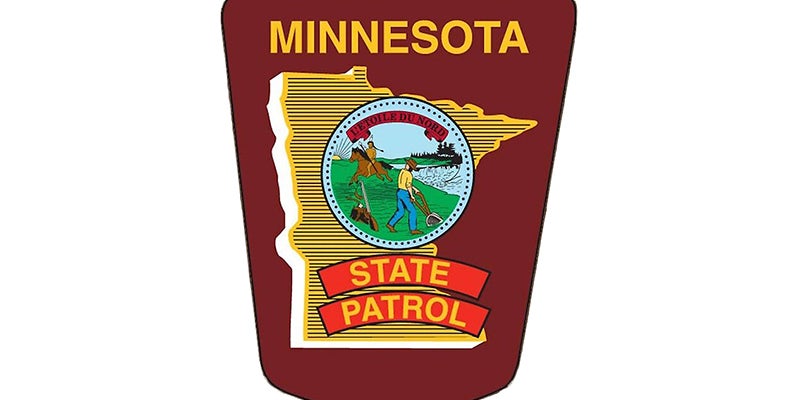Curiosity and panic a dangerous mixture
Published 10:31 am Friday, June 10, 2011
Decades ago, I had a summer job at a small, midwestern theme park of the sort that doesn’t seem to exist anymore, presumably made obsolete by video games and waterslides.
One hot, humid afternoon, a fellow costumed employee and I had climbed onto opposite corners of the ramparts that circled inside a portion of the park wall. The clouds were low and swirling, peculiarly colored, occasionally disgorging a thunderous rumble.
It was obvious we were going to have a storm, and soon my friend and I were having a shouted conversation about the likelihood that certain cloud formations were becoming funnel clouds. It did not cross our 19-year-old minds that this was a very bad place for that conversation — until we turned around to see hundreds of tourists listening to us, while hundreds more streamed out into the parking lot.
After we’d found a good place to hide from the boss, we wondered what it was about tornadoes that causes people to get in their cars and drive around — especially tourists who were fleeing relatively sound structures. Where were they going — back to their totally unsafe camper?
Thirty-some years later, I still don’t know the answer. I still see people acting about the same way. A couple of weeks ago, I was at a ball game in west central Minnesota when the tornado sirens went off. About 500 people rushed to their cars and formed a giant traffic jam on the park’s exit road, trying to fight their way back into town.
What were they thinking? I later asked a friend who was also there, and he said, “I wasn’t thinking. I just figured I better get home.” This from a usually intelligent man who one might have expected to consider his options and act calmly.
It made me wonder how often the deaths and injuries from tornadoes — of which there have been many already this year in places as diverse as Oklahoma and Alabama — come from simple panic. Who’s to say whether one is driving toward or away from a night-time tornado? And if the driver is checking her smartphone’s radar display, who is watching the road?
I wonder, also, how often curiosity plays a role in storm tragedies.
One of my enduring childhood memories is being bundled off to the basement in the middle of the night when tornado warnings sounded. It happened so often that I kept a small backpack loaded with a 10-year-old’s emergency necessities: grape juice, an early (and disgusting) version of energy bars known as “space food sticks,” plus plenty of comic books and a flashlight.
My father was never in the basement. For a couple of years, Mom wouldn’t tell us where he was. Eventually, though, it leaked out that while we were cowering, Dad was out by the driveway watching for the tornado. Mom made it clear that this was adult-only behavior, which of course made me burn to also stand in the driveway watching for a storm.
Standing outside while a tornado approaches is, of course, non-rational behavior. Nothing is to be gained, and much is to be lost. But it’s what people do, including me. (Sorry, Mom.)
Last year, on the now-traditional June 17 tornado night in southern Minnesota, storms swept all around Austin, hammering Albert Lea and other nearby cities. My phone rang and a couple of Herald reporters told me that they were driving towards Blooming Prairie where the worst of the storms seemed to be heading.
“It’s dark,” I told them. “It’s dangerous. You can’t see anything except lightning. It’s a bad idea.” They went anyway.
The point, at last: June 17 is about a week away. It’s silly to think that it will, for the third year in a row, be dangerously stormy. But it might. I know I’ll be keeping an eye on the weather. And I’m really going to try to use good judgment if we do get a storm: No driving around, no standing in the driveway.
Dave Churchill’s column runs on Fridays




